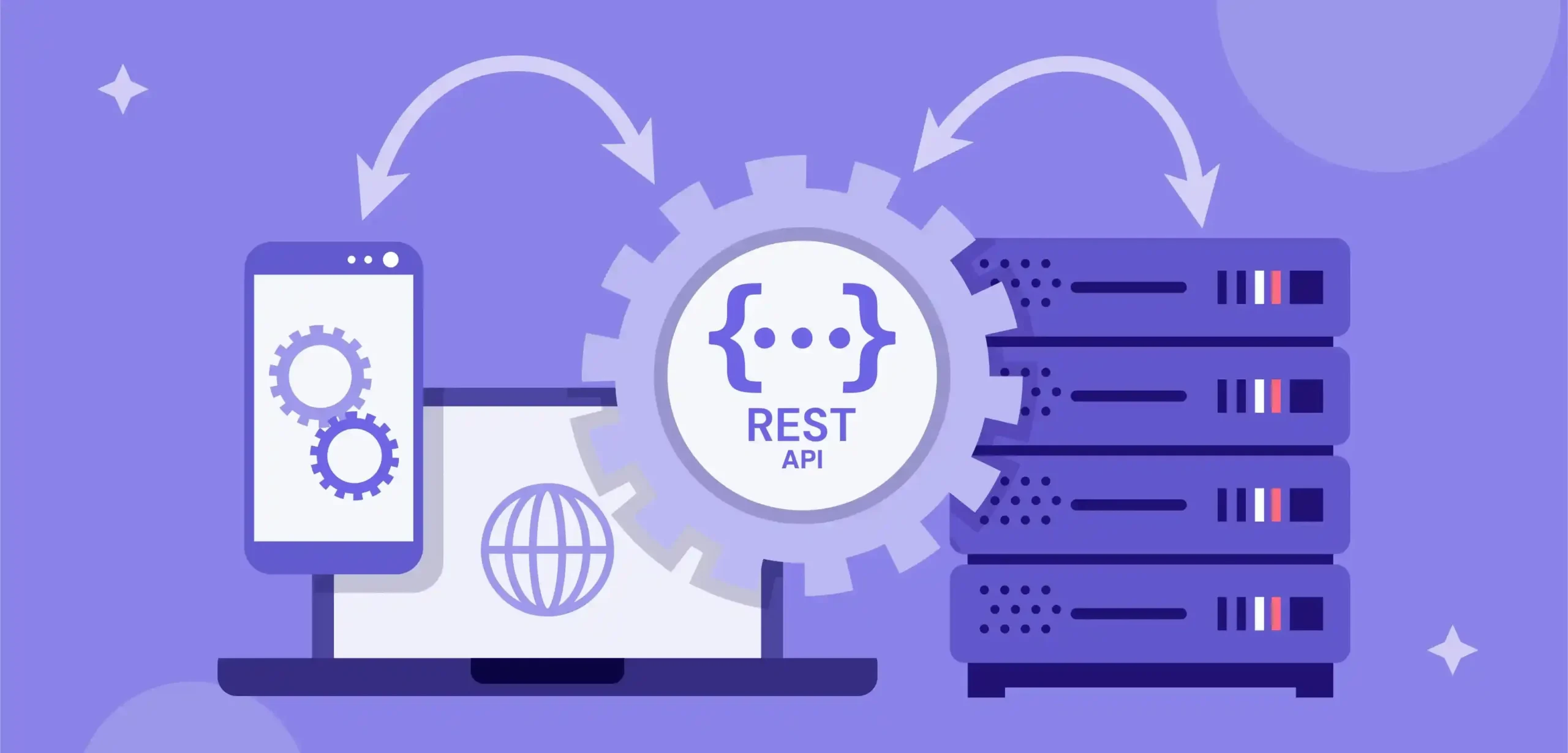When it comes to API design, to be more specific, when designing RESTful APIs, understanding and managing resource relationships is essential for building efficient, scalable systems. Whether your API deals with customers, orders, products, or any other resources, structuring these relationships efficiently can drastically improve performance and reduce the number of API calls required.
The Importance of Minimizing API Calls
One of the key considerations when designing a RESTful API is the number of API calls a client must make to retrieve related data. Poorly designed APIs often force clients to make multiple requests for what could be retrieved in a single call, leading to slower response times and a less efficient system.
For example, in an e-commerce platform, retrieving a customer’s order history should not require separate API calls for each order. Instead, an efficient API design would allow a single call to retrieve the customer’s details along with all associated orders, reducing the overhead on both the client and the server.
Handling Complex Relationships
As APIs grow in complexity, so do the relationships between resources. For instance, a content management system may have many-to-many relationships where an article can belong to multiple categories, and each category can have multiple articles. Efficiently managing these complex relationships requires thoughtful design to avoid excessive API calls and maintain performance.
When dealing with many-to-many relationships, it’s crucial to structure endpoints that can handle these relationships without overloading the system. For example, a single API call might retrieve an article along with its associated categories, or retrieve a category with all linked articles, minimizing the number of individual requests needed. This reduces the load on both the server and client while making the API more efficient.
Caching and Resource Retrieval
Another essential factor in optimizing resource relationships in RESTful APIs is the use of caching strategies. When dealing with one-to-many or many-to-many relationships, data retrieval can involve large datasets that take time to process and transfer. Caching frequently requested resources can significantly reduce the time it takes for users to retrieve related data.
For example, in a social media platform, user data like profiles, posts, and comments may be retrieved often. Caching these resources, especially when they have complex relationships, e.g., user profiles linked to multiple posts, can prevent unnecessary data fetching from the server. Proper caching strategies improve response time, reduce server load, and provide a more seamless user experience.
Leveraging HATEOAS for Simplified Navigation
One of the principles of RESTful API designing is HATEOAS (Hypermedia as the Engine of Application State), which allows the API to be more self-descriptive and guides users through resource relationships. Instead of forcing the client to know all possible relationships upfront, the API itself provides links to related resources within responses. This not only reduces complexity for the client but also ensures that users can navigate through related resources without having to manage multiple API calls manually.
For example, when retrieving an order, the API can provide links to related resources such as the customer’s profile, payment information, and shipment status. This simplifies the client’s logic by enabling them to follow these links to access related data, making it easier to work with complex relationships.
Implementing Pagination for Large Collections
When dealing with one-to-many or many-to-many relationships, large datasets can overwhelm the API and slow down performance. Pagination is a vital technique for managing large collections efficiently. It breaks down the dataset into smaller, more manageable chunks, allowing clients to retrieve data in batches rather than all at once.
For instance, in an e-commerce API where a single customer might have hundreds of orders, paginating the order history allows the client to request a few orders at a time, reducing the server load and improving response times. This is especially important when dealing with mobile applications where bandwidth and performance are critical concerns.
Designing for Flexibility and Scalability
API resource relationships are not static—business needs change, and new relationships may emerge as the system evolves. Designing for flexibility from the outset ensures that your API can adapt to new requirements without significant rework.
For example, introducing new features or expanding an API to handle additional resources can be done seamlessly if the resource relationships are designed with scalability in mind. Modular API design allows developers to extend the API by adding new resource relationships without disrupting existing functionalities. This forward-thinking approach helps future-proof the API, making it easier to maintain and scale as the application grows.
Conclusion
Understanding and efficiently managing resource relationships in RESTful APIs is critical for building scalable, user-friendly APIs that perform well under pressure. By minimizing API calls, handling complex relationships, leveraging caching strategies, implementing pagination, and using HATEOAS, developers can optimize API performance and provide a seamless experience for end-users.
As APIs continue to power modern applications, designing resource relationships with flexibility and scalability ensures that the API remains functional, efficient, and easy to use as the system evolves. Mastering these techniques will help developers create RESTful APIs that meet both current and future demands, delivering a better user experience and supporting long-term growth.
Backlinks Hub highly experienced SEO Team with over 4 years of experience. WE are working as contributors on 100+ reputable blog sites.

